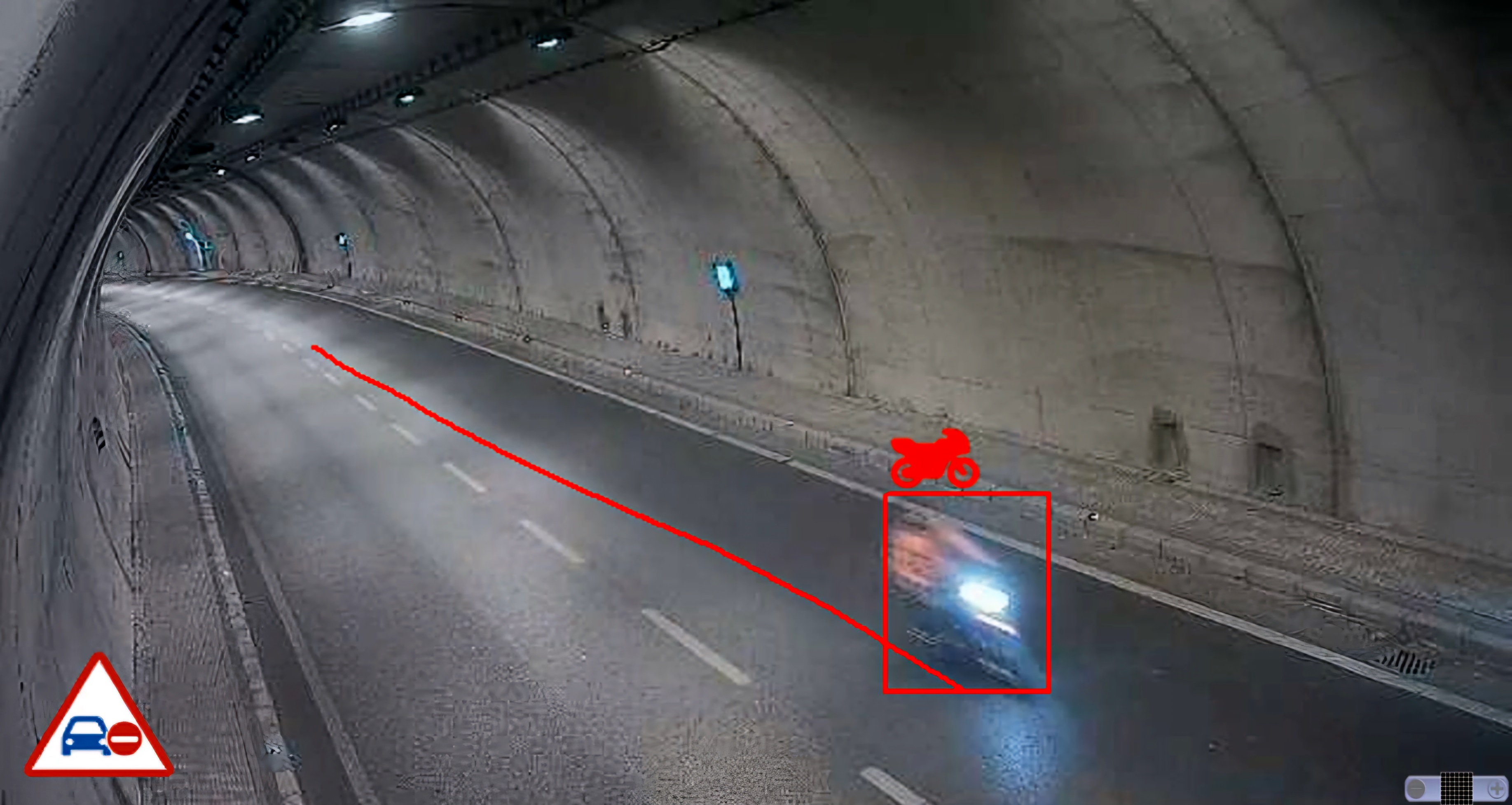
The upkeep of the world’s infrastructure – in particular tunnels and bridges – is the source of constant concern to road authorities and concessionaires.
Fortunately, there is a lot of technology around to help monitor these vital pieces of the road network, offering health checks of the fabric to ensure problems don’t become catastrophes – and also keeping eyes on obstructions and hazards to ensure that all road users stay safe.
Movyon’s Argo has been designed to help road infrastructure managers and inspection companies, optimising inspection processes and life cycle management. “Argo’s digital inventory collects, manages and controls the structural data of bridges, viaducts and tunnels in their individual components, the quality of information and processes,” explains Roberta Loiacono, marketing director at Movyon.
“This is extremely important in order to guarantee data standardisation and transparency and an advanced data governance. Based on the data stored, the system then generates the simplified building information modelling [BIM] of the infrastructure, a crucial support for the inspector in remotely navigating the asset.”
Drones, equipped with high-resolution cameras and Lidar laser, perform a 3D scan of a bridge, for example. This process generates millions of geo-referenced points, which are associated to real photographs of the asset, and transformed into an accurate digital reconstruction, helping the operator in remote inspections and providing advanced analysis.

Structural monitoring
Argo is scalable and modular. “It is a comprehensive platform with multiple, fully-integrated elements, from the digital inventory - the essential part of it - to the mobile app for on-site inspections, to the IoT [Internet of Things] sensors for structural monitoring, to digital twins,” says Loiacono. “In this way, road infrastructure managers and inspection companies can benefit from all - or part - of the solution, according to their needs.”
Meanwhile, correctly assessing that a vehicle has broken down in a tunnel or a pedestrian has strayed onto the highway over a bridge is vital for safety – but also for improving operational efficiency. Citilog supplies video-based automatic incident detection (AID) solutions for tunnels, bridges and highways, including for the UK's new Silvertown Tunnel, under construction beneath the River Thames in London.
The company will integrate its AID system to help reduce congestion in and around the tunnel between the London borough of Greenwich, the peninsula area, and West Silvertown on the northern bank of the Thames. The 1.4km-long twin-bore tunnel will have two lanes per tunnel with dedicated lanes for heavy goods vehicles and buses. There will be no pedestrian or cycle access, although a shuttle bus has been considered for cyclists.
“False alarms demand unnecessary attention from operational teams, taking them away from their main focus on security concerns”
The AID system, that includes 59 CCTV cameras, will enhance safety and incident management with real-time incident detection and response and also will minimise false alarms while maintaining high detection accuracy. Using thousands of video clips will help train an advanced network to reduce false positives, allowing operators to focus on genuine emergencies. The AID system can also be easily upgraded and extended.
“Our long-standing partnership with Indra has been instrumental in providing the AID system for the Silvertown Tunnel,” said Volkert Samplonius, Citilog’s vice president for the Iberoamerica region, Israel, South Africa, Australia and New Zealand. “Our excellent detection rate, low false alarm rate and rapid incident response align perfectly with our commitment to safety and efficiency.”

False alarms
The Silvertown Tunnel is not yet open, but Citilog points to case studies which prove the AID technology’s worth – not least in focusing on genuine alarms. For instance, at an unnamed monodirectional tunnel in France, with two tubes of 330m each, and 24 surveillance cameras in place, the overall false alarm frequency was one per camera every three days. Primary reasons for the mistakes were light effects, which accounted for 67% of total false alarms, while weather effects (specifically, water on the road) were responsible for 14%, and vehicle projections 19%.
This changed with an upgrade which replaced those conventional detection technologies with Citilog's deep learning (DL)-based system. That cut the false alarms to one camera per 10 days, the company says - a reduction of approximately 75%. Furthermore, the DL system successfully eliminated all pedestrian-related false alarms which had been observed with the legacy system. Also, the new technology mitigated 94% of the stop-related false alarms that were prevalent in the computer-vision-based system, Citilog says.
False alarms demand unnecessary attention from operational teams, taking them away from their main focus on security concerns. Substantially decreasing these translates into improved operational efficiency, enabling surveillance personnel to prioritise real threats and incidents with greater accuracy.
-------------------------------------------------------------------------------------------------------------
Sernis’ tunnel vision

Allowing drivers to see exactly where they are going is one of the key elements in road safety. Sernis says its SR-T24 Tunnel road stud has been engineered to enhance safety and visibility in highway and urban tunnel environments. Equipped with durable LED polycarbonate lenses protection, it has high brightness levels day and night, and comes in customisable configurations to suit various tunnel requirements.
Powered by electric energy, SR-T24 features a reliable wired system with low power consumption, but is visible up to 1km away. LED colour options include white, red, amber, green and blue so is suitable for diverse applications and safety needs. With IP68 and IK10 ratings, the SR-T24 offers superior protection against dust, water and impact, ensuring reliable performance. LED quantities: 12 (unidirectional), 24 (bidirectional), 9 (arrow on top), 10 (lines on top).












